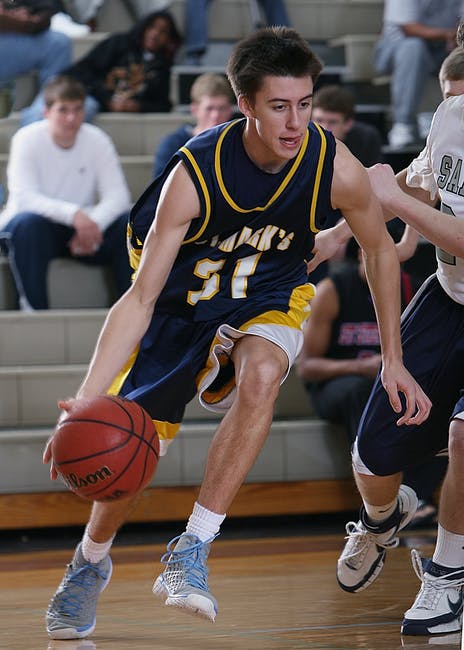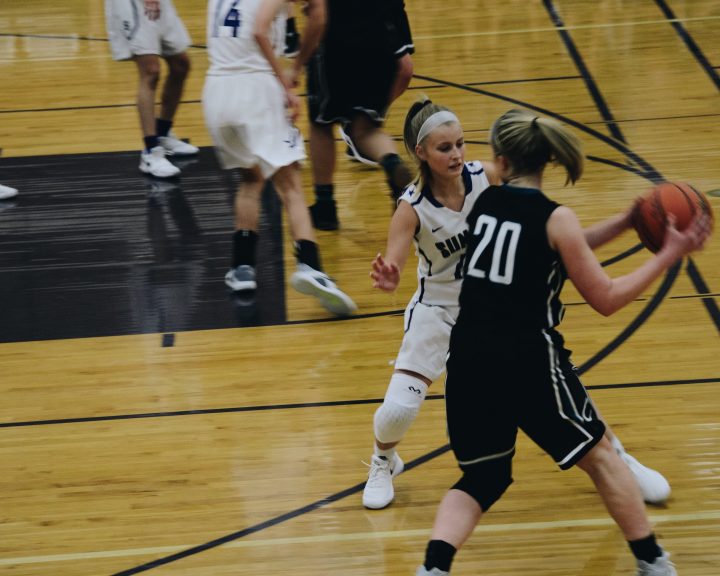I coach basketball defense around the idea that every possession should end up in either a turnover or a rebound. With this in mind, there are a number of principles that we apply. The first is that want to push the ball to the corners to promote mistakes, going out of bounds, turnovers, and poor shots. The second is that we want to deny passes. If we keep the ball out of the other team’s hands then we maximize our ability to score while minimizing theirs. We also want to get the rebounds.
Rebounds are important in basketball. For the offense, getting an offensive rebound means that they have more chances to try to make a missed shot. Give them enough tries and eventually they are going to make the shot! For the defense, this means we deny the offense those opportunities and we change who has possession of the ball – so not only do we deny the other team a chance to score, but we give us an opportunity to score.
How is that done? Here are three important tools for good rebounds:
- Communication
- Positioning
- Practice
Communication
Players cannot assume that everyone on the court is aware of what is going on. Some players get very focused on executing their defensive responsibility and that means that they may be unaware that a shot is being taken. With this in mind, I coach my players to communicate to the rest of their team when a shot has been taken. Usually this is by yelling “Shot!” This lets everyone on our team know that they need to position themselves for a rebound.
Positioning
Defensive players, unless they are guarding the ball, are expected to be between the offensive player that they are guarding and the ball. This is to deny passes. This is an advantageous position to be in when a shot is taken. When a shot is taken, the defensive player needs to move to be between the offensive player and the goal – this positions the defense closer to the ball during the rebound.
For this, I position my really aggressive players up front around the blocks. To do this effectively, a defender needs to be willing to move the offensive player so that the defender can get in front. Then they need to be willing to control the offensive player’s movements using their glutes. Remember, this isn’t going to take very long.
Once the defense gets the rebound, this is a time when, due to their understandable excitement, mistakes can be made that can reverse everything. I like to coach them to get control of the ball before going anywhere with it. This usually means passing the ball to a teammate rather than attempting a fast break.
Practice
Sounds good in theory, but this concept takes a lot of practice to get right. To practice this in its simplest form, set up offensive players in the positions you’d have them in a game. Assign defenders to them. Have the coach attempt the shot, make sure that a defender communicates when the shot is taken. Have both “teams” go for the rebound. I like to provide incentive to players for scoring in practice, it incentivizes going after the ball during games.



